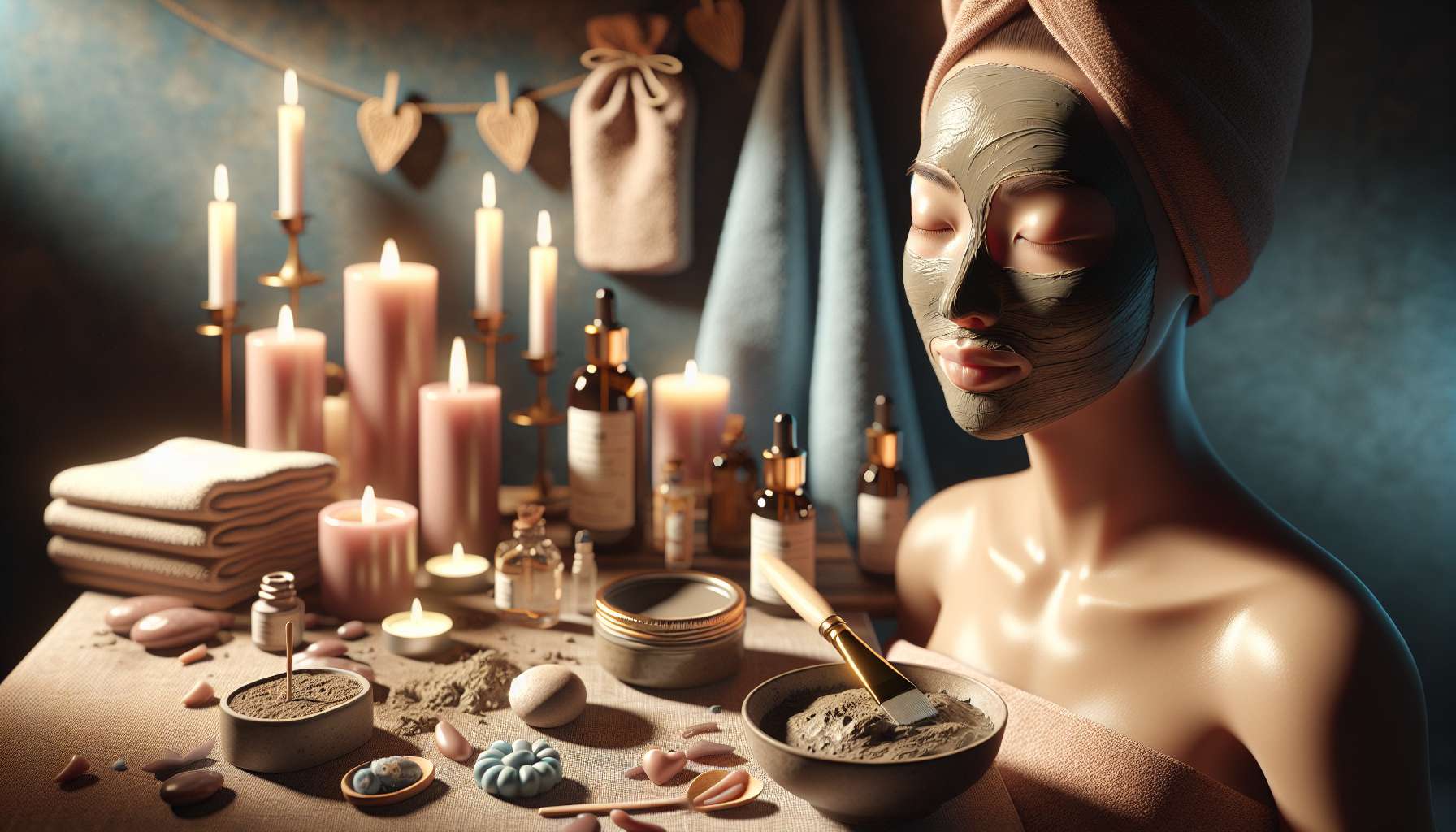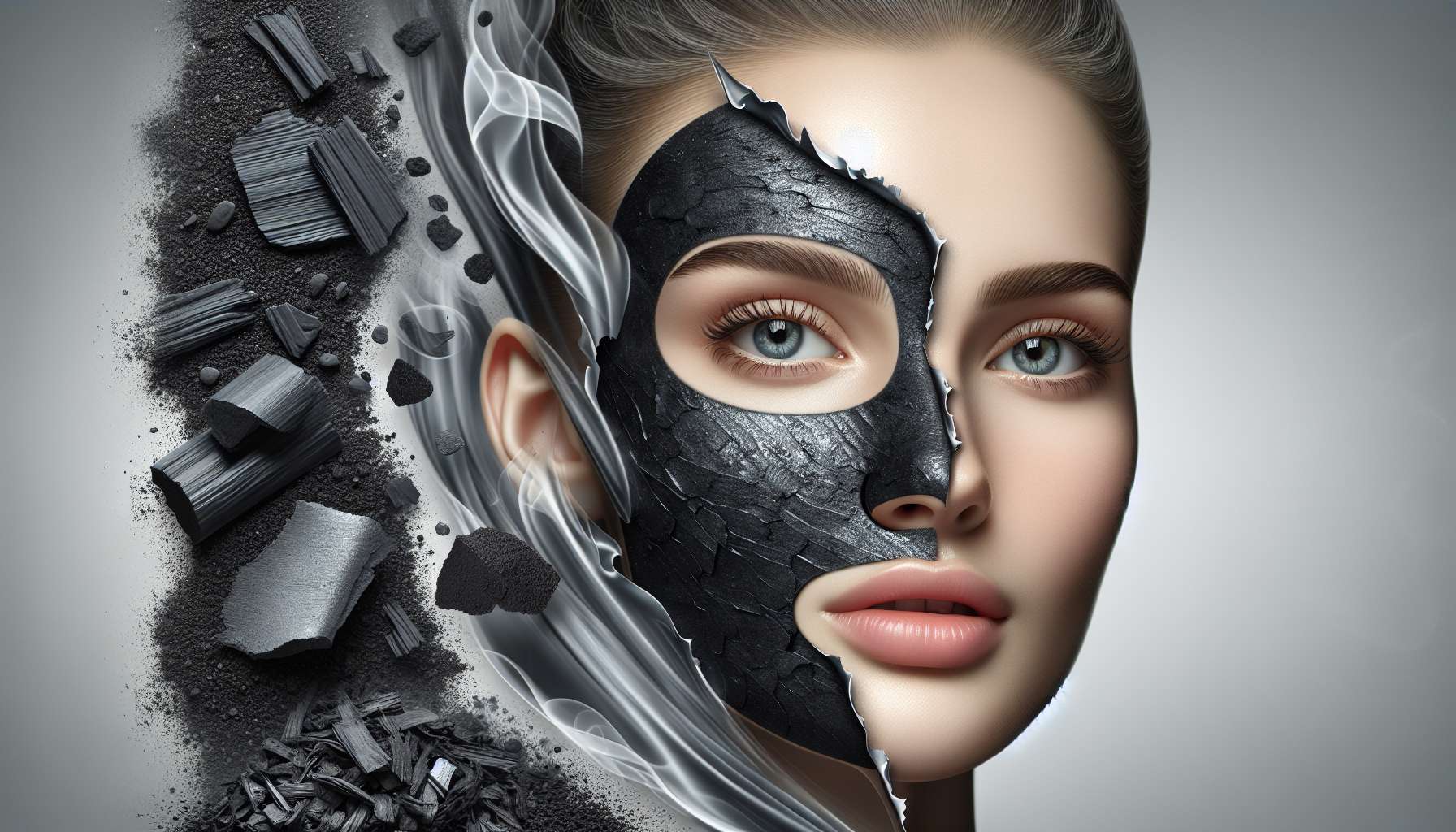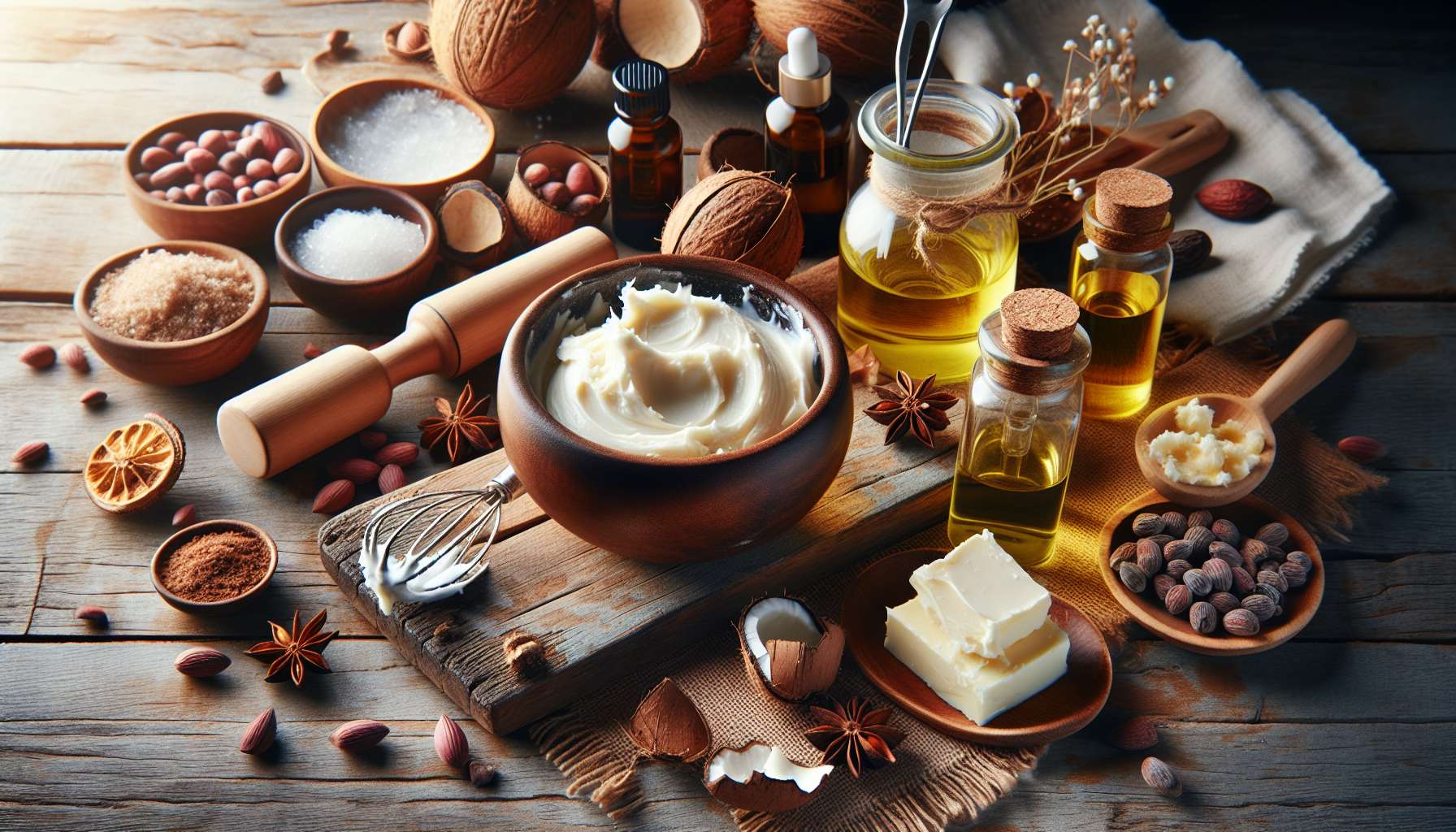The Ultimate Guide to Clay Face Masks
When it comes to skincare, the beauty industry is always buzzing with new trends and products. One skincare staple that has stood the test of time and continues to gain popularity is the clay face mask. From ancient civilizations to modern-day beauty enthusiasts, clay face masks have been used for their numerous skin benefits. In this comprehensive guide, we will delve into the world of clay face masks, exploring their history, benefits, types, application methods, and much more. So sit back, relax, and let’s uncover the secrets of clay face masks!
The History of Clay Face Masks
Clay has been used for skincare purposes for centuries, with evidence of its use dating back to ancient civilizations such as the Egyptians, Greeks, and Romans. These ancient cultures recognized the healing properties of clay and used it in various beauty rituals. Cleopatra, known for her legendary beauty, was said to have used clay from the Nile River as part of her skincare routine.
In traditional Chinese medicine, clay was also valued for its detoxifying and purifying properties. The use of clay face masks spread to other parts of the world, including India, where Ayurvedic practices incorporated clay for its cooling and calming effects on the skin.
Fast forward to the modern era, and clay face masks have become a staple in skincare routines worldwide. With advancements in technology and research, different types of clays have been identified, each offering unique benefits for various skin types.
The Benefits of Clay Face Masks
Clay face masks are renowned for their ability to cleanse, detoxify, and rejuvenate the skin. Here are some of the key benefits of incorporating clay masks into your skincare routine:
1. Deep Cleansing:
Clay has natural absorbent properties that help draw out impurities, toxins, and excess oil from the skin. This deep-cleansing action unclogs pores, prevents breakouts, and promotes clearer skin.
2. Exfoliation:
Many clay masks contain exfoliating particles that gently slough off dead skin cells, revealing a smoother and brighter complexion. Regular exfoliation with a clay mask can improve skin texture and tone.
3. Oil Control:
Clay is a natural astringent that helps regulate sebum production in the skin. By absorbing excess oil, clay masks can mattify the skin, making it ideal for those with oily or combination skin.
4. Soothing and Healing:
Clay has anti-inflammatory properties that can help calm irritated skin, reduce redness, and promote healing. It is especially beneficial for those with sensitive or acne-prone skin.
5. Hydration:
Contrary to popular belief, clay masks can also be hydrating. Some clays, such as kaolin clay, are gentle and moisturizing, leaving the skin soft and supple after use.
Types of Clay Face Masks
There are several types of clay commonly used in face masks, each with its unique properties and benefits. Here are some of the most popular clays used in skincare:
1. Bentonite Clay:
Bentonite clay is known for its powerful detoxifying properties. It is highly absorbent, making it effective at drawing out impurities and toxins from the skin. Bentonite clay is ideal for oily and acne-prone skin.

2. Kaolin Clay:
Kaolin clay is a gentle, white clay that is suitable for all skin types, including sensitive skin. It has a mild exfoliating effect and helps to purify and soften the skin without stripping it of its natural oils.

3. Rhassoul Clay:
Originating from Morocco, rhassoul clay is rich in minerals and has been used for centuries in traditional hammam rituals. It is known for its deep-cleansing and purifying properties, making it ideal for congested and acne-prone skin.

4. French Green Clay:
French green clay, also known as sea clay, is highly absorbent and rich in minerals. It is particularly effective at removing excess oil and impurities from the skin, making it a popular choice for detoxifying masks.

How to Use Clay Face Masks
When it comes to using clay face masks, it’s essential to follow the correct application method to maximize their benefits. Here are some tips for using clay masks effectively:
1. Cleanse Your Skin:
Start by cleansing your face to remove any makeup, dirt, or impurities. This will ensure that the clay mask can penetrate the skin effectively.
2. Apply a Thin Layer:
Using clean fingers or a brush, apply a thin, even layer of the clay mask to your face, avoiding the eye and mouth areas. Thicker layers can take longer to dry and may not be as effective.
3. Relax and Let It Dry:
Once applied, allow the clay mask to dry completely. You may feel a tightening or tingling sensation as the mask dries, which is normal. Relax and let the mask work its magic.
4. Rinse Off Thoroughly:
After the mask has dried, rinse it off with lukewarm water. Use gentle circular motions to massage the mask off, ensuring that all traces are removed. Follow up with your regular skincare routine.
Expert Opinions
We reached out to renowned dermatologists and skincare experts for their insights on the benefits of clay face masks. Dr. Sarah Johnson, a board-certified dermatologist, shared, “Clay face masks are a great addition to any skincare routine. They help to detoxify the skin, unclog pores, and improve overall skin health.”
Dr. Lily Chen, a skincare specialist, added, “Clay masks can be customized to suit different skin types and concerns. Whether you have oily, dry, or sensitive skin, there is a clay mask out there for you.”
Common Misconceptions
There are several misconceptions surrounding clay face masks that are worth addressing. One common myth is that clay masks are only suitable for oily skin. While certain clays are indeed beneficial for oily skin, there are formulations available for all skin types.
Another misconception is that leaving a clay mask on for an extended period will yield better results. In reality, overextending the mask’s recommended time can lead to dryness and irritation. Always follow the instructions provided on the product packaging.
FAQs
Q: How often should I use a clay face mask?
A: It is recommended to use a clay face mask 1-2 times per week, depending on your skin type. Overusing clay masks can strip the skin of its natural oils, so it’s essential to find a balance that works for you.
Q: Can clay masks help with acne?
A: Yes, clay masks can be beneficial for acne-prone skin. They help to absorb excess oil, unclog pores, and reduce inflammation, making them a valuable addition to an acne skincare routine.
To Wrap Things Up
In conclusion, clay face masks are a versatile and effective skincare treatment that offers a wide range of benefits for all skin types. Whether you are looking to detoxify, purify, or hydrate your skin, there is a clay mask out there for you. By understanding the history, benefits, types, and application methods of clay face masks, you can make informed decisions about integrating them into your skincare routine. So why not treat yourself to a luxurious clay mask and experience the transformative effects on your skin?




